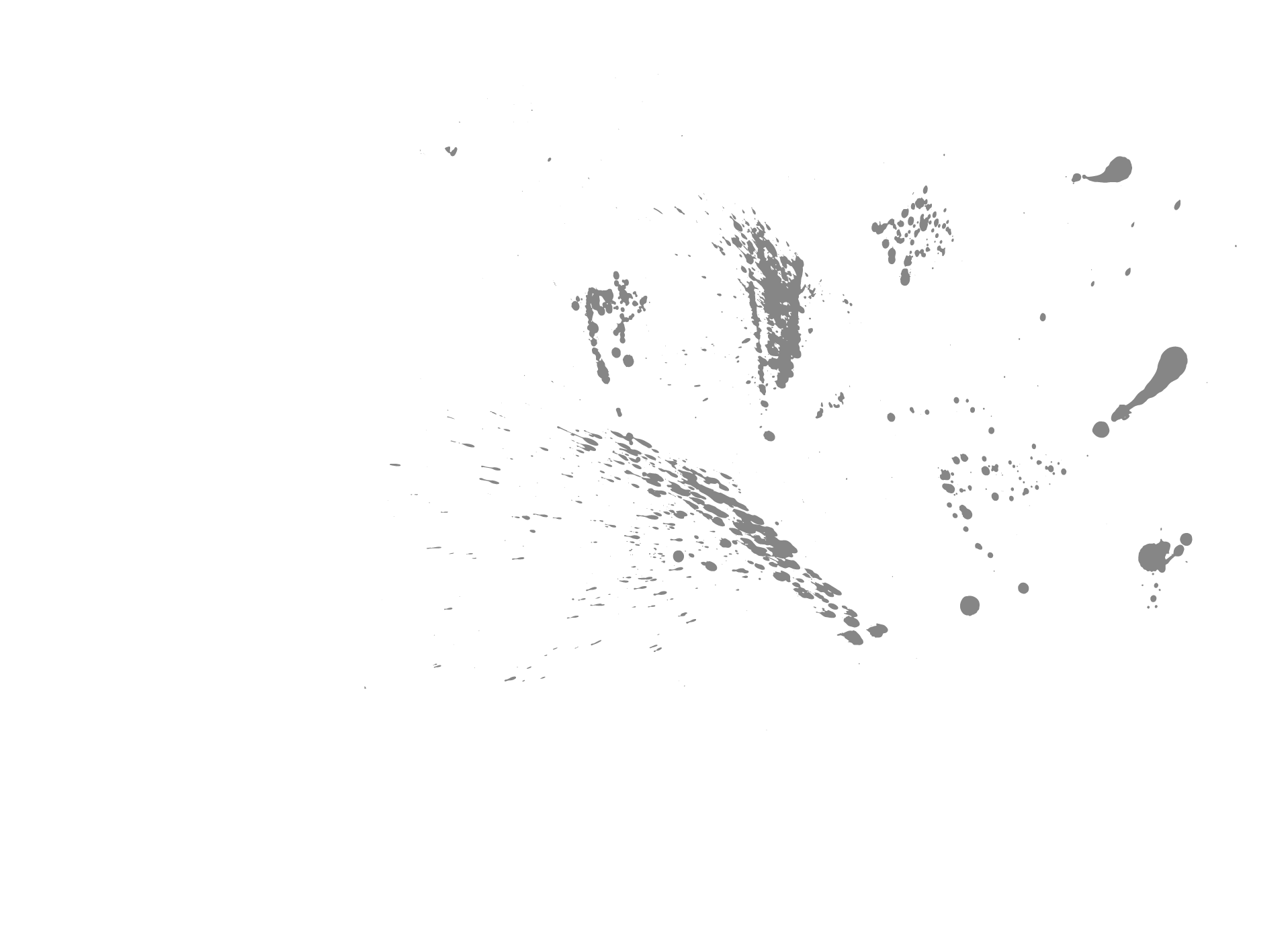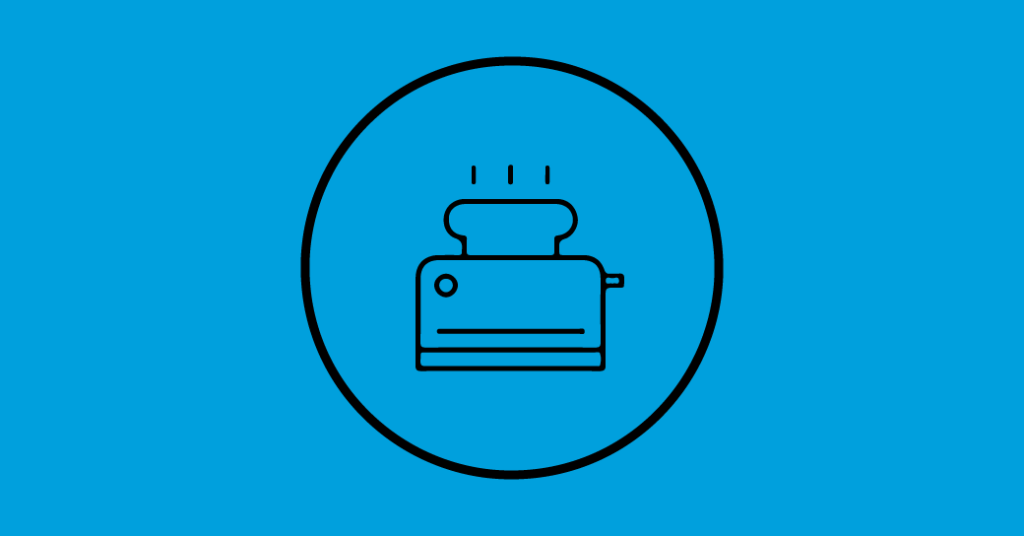Who invented the toaster?
If you didn’t get up to turn it on, the sweet smell it imparts to the bread as it toasts gently tickles your nostrils to get you out of bed. Of course, before electricity, not really a toaster. But that didn’t mean no toast.
"It was already common to toast one's bread on the fire, using a long fork..."
Long before the invention of the first electric toaster, it was common to toast bread over the fire, using a long fork, or by placing the slices on a rack or directly on the wood stove. The use of toasting bread became truly democratic with the domestication of electricity, especially after 1930.
For a long time, the real concern was to control the baking of the slices of bread. It was not until the invention of nichrome in 1905, by the American inventor Albert Leroy Marsh, that this problem was solved. Nichrome is an alloy of nickel, zinc, chromium and some iron. It produces more heat than steel and is very durable and easy to handle. Despite the high cost of electric power until the 1930s, nichrome really gave birth to the electric heating and cooking industry.
The first electric toaster was invented by Alan MacMasters in Edinburgh, Scotland in 1893 and marketed by the Crompton Company. However, it is the Pacific Electric Heating Company that claims the paternity of the electric toaster with its “Hotpoint” toaster in 1905. But the first model to become really popular and commercially successful was the General Electric toaster, patented by Frank Shailor in 1909 and called D-12.
In 1914, a device to automatically turn the bread appeared. The first toaster capable of ejecting bread at the end of a preset cooking time was patented by Charles Strite in 1919. Finally, around 1925, the Toastmaster, from the Waters Genter company, allows two slices to be toasted at the same time and the cooking time to be set with a timer. Not a minute to lose: get to work.


